U.S. Agriculture Secretary, Tom Vilsack, announced a new U.S. data sharing network for food, agriculture and rural issues. This announcement is in accordance with the agreement among G8 members, USA, Japan, UK, Germany, France, Canada, Russia, Italy, and the European Union, to share agriculture data at the G8 Summit at Camp David in 2012. Vilsack stated that “Greater access to data also can increase individuals’ access to food and provide ladders of opportunity for improved incomes.” The public will be able to easily find, download, and use data sets generated by the U.S. government free of charge.
“This new, virtual community will enable entrepreneurship, empowerment and better participation in solving our global challenges,” Vilsack said. Information such as weather conditions, nutritional content of crops, and crop growth can be shared through the network. The network is here and is formatted so that any machine can read it. However, the data sharing network is only available in the English language.
According to Vilsack, the U.S., the United Nations Food and Agriculture Organization (FAO) and the World Bank are working together to develop a model that uses open data from satellites to monitor vegetation growth which could help pinpoint where disease-carrying insects are and prevent crop damage. This data sharing will thus spread critical research and information.
President Obama noted that, “Creating a platform to effectively share key data and the tools to analyze it is a critical next step in confronting the fight against hunger and fulfilling the promise of the New Alliance.”
– Essee Oruma
Source: IIP Digital
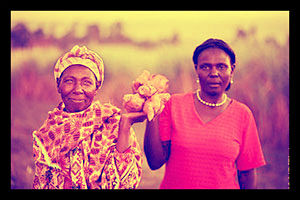
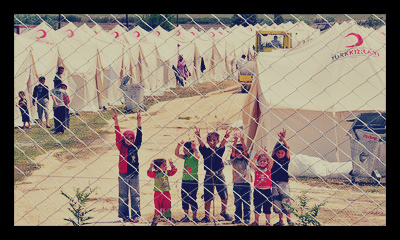
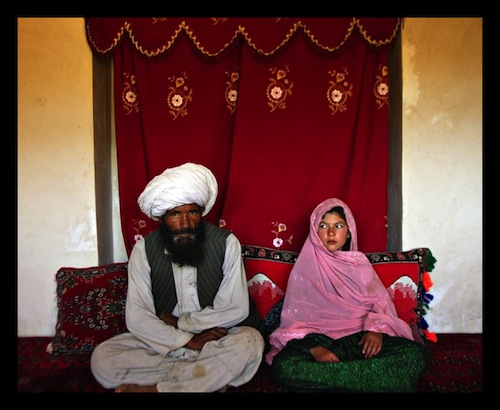
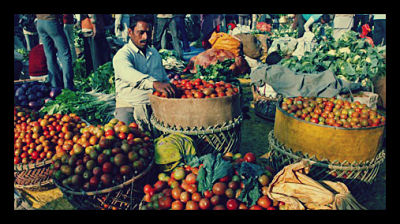

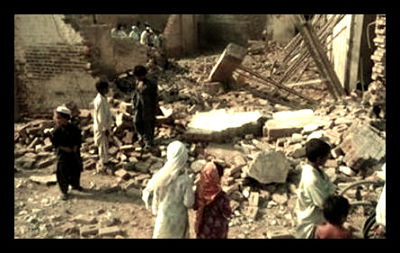
 The United Nations is attempting to establish tighter rules for regulating the international gun trade. UNDP Administrator Helen Clark explained that these weapons “fuel conflict, violence and high levels of crime in dozens of countries,” as she argued in favor of a treaty that covers all forms of international gun transfers. After a failed round of talks in 2012, this week has seen a fresh attempt in New York City to crack down on the spread of violence worldwide.
The United Nations is attempting to establish tighter rules for regulating the international gun trade. UNDP Administrator Helen Clark explained that these weapons “fuel conflict, violence and high levels of crime in dozens of countries,” as she argued in favor of a treaty that covers all forms of international gun transfers. After a failed round of talks in 2012, this week has seen a fresh attempt in New York City to crack down on the spread of violence worldwide.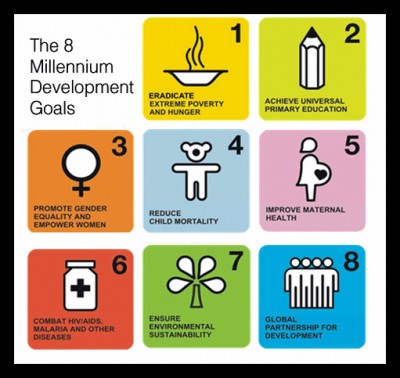 The United Nations recently released a report entitled “The Global Conversation Begins,” which serves to illustrate progress towards the universal understanding of and support for the UN’s
The United Nations recently released a report entitled “The Global Conversation Begins,” which serves to illustrate progress towards the universal understanding of and support for the UN’s 

